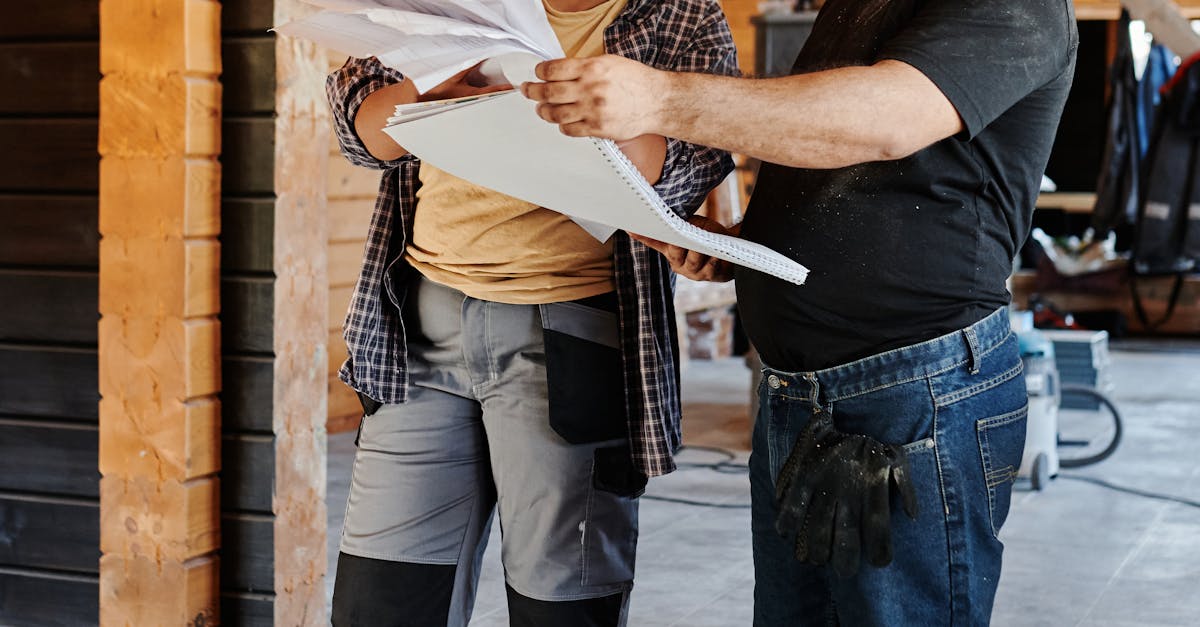
Budget-Friendly Aspects of Passive House Technology
How can I assess the airtightness levels in my Passive House building?
ently and sustainably, contributing to a more environmentally friendly lifestyle.Importance of Proper Insulation in Passive House Construction
Healthy Indoor EnvironmentAirtightness Testing and Certification for Passive House Buildings
A key aspect of passive house technology is the focus on creating a healthy indoor environment that promotes the well-being of occupants. By incorporating natural ventilation strategies, passive houses ensure that fresh air is constantly circulating throughout the space, reducing the buildup of indoor pollutants and allergens. This not only improves indoor air quality but also helps to create a more comfortable living environment for residents.Sustainable and Eco-friendly Insulation Options for Passive House
Furthermore, passive houses are designed to maximise natural light penetration, which has been shown to have a positive impact on mental health and overall well-being. By harnessing natural light, passive houses reduce the reliance on artificial lighting, thus saving energy costs and decreasing the carbon footprint of the building. This emphasis on creating a healthy indoor environment not only benefits the occupants but also contributes to the sustainability and longevity of the structure.Insulation Installation Techniques for Passive
ads to significant energy savings by reducing the reliance on heating and cooling systems. In essence, durable building components are not only a practical choice for passive house construction but also a sustainable investment for a more energy-efficient and cost-effective home.
FAQS
What is Passive House Technology?
Passive House Technology is an energy-efficient building design approach that focuses on reducing energy consumption for heating and cooling, resulting in lower energy bills and a smaller carbon footprint.
Privacy PolicyFinancial Implications of Passive House Construction
Cost Savings Through Passive House Energy Efficiency
Saving Money with Passive House Features